Artificial Intelligence is transforming how we build software. Today’s AI-driven development tools can generate user interfaces, write backend code, or even build whole prototypes from simple descriptions. In this guide we’ll compare four rising AI coding platforms – Replit (Ghostwriter/Agent), Bolt.new, Lovable.dev, and V0 by Vercel – from first steps to expert insights. We’ll explain what each tool does, who it’s for, how much it costs, and what real developers say about them. Whether you’re a complete beginner or an experienced coder, this deep dive will help you choose the right AI partner for your next project.
Replit (Ghostwriter & Agent)
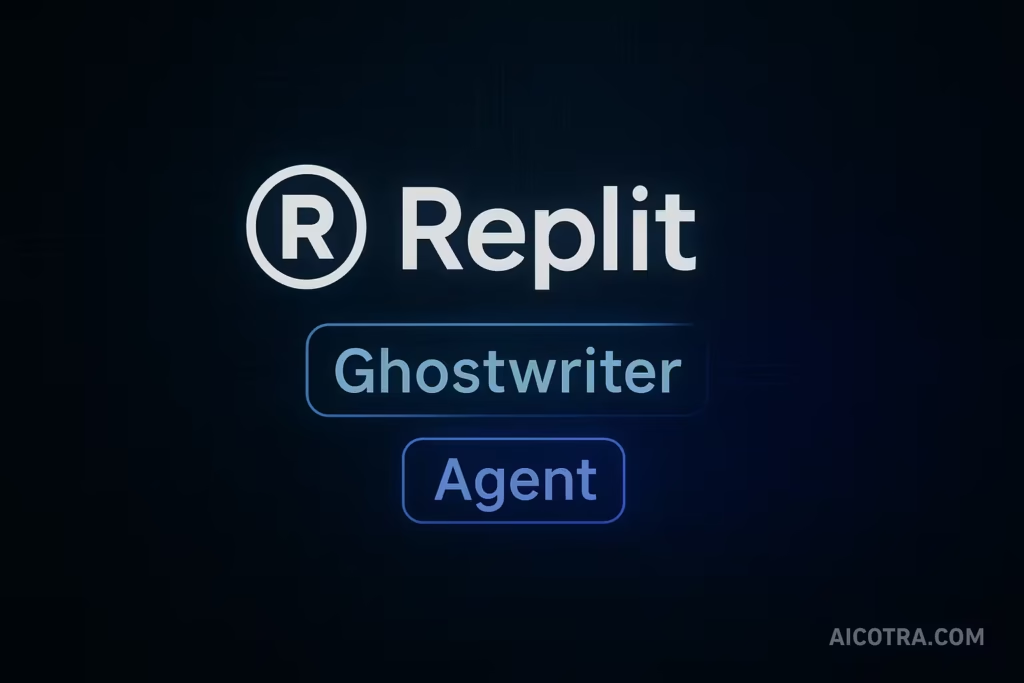
Replit’s cloud IDE with built‑in AI tools. Replit lets you code in 50+ languages, collaborate in real time, and deploy apps instantly uibakery.io.
Replit is an online IDE and collaborative coding platform that now includes powerful AI assistants. It supports 50+ programming languages and lets anyone start coding instantly in a web browser uibakery.io. Replit’s AI features include Ghostwriter (an autocomplete chat assistant) and Agent (a chat-based app builder). For example, Ghostwriter can complete or explain code as you type, while Agent tries to build entire features or apps from your instructions.
Because everything runs in the cloud, there is zero setup: you can jump in from any device, work with teammates in real time, and even host your website or backend with one click uibakery.io. This makes Replit especially popular for beginners, educators, and prototyping – you don’t need to install anything, and you can launch a demo or small project in minutes.
Key features of Replit include:
- Cloud IDE & Collaboration: Code together in real time; share and host apps instantly .
- Multilingual Support: Over 50 built-in languages (Python, JavaScript, C++, etc.) with integrated package management.
- AI Coding Assistants: Ghostwriter helps you complete and refactor code, and the Agent interface can take natural-language prompts and generate working app code.
- Deployment Tools: Built-in support for hosting sites or APIs (one-click deploy), making it easy to go from prototype to live product.
- User-Friendly: Designed to be accessible for learners, hobbyists, and startups – you can focus on ideas rather than setup uibakery.io.
Replit’s pricing plans reflect these capabilities. There’s a Free (Starter) tier for casual use, including basic Ghostwriter chat and up to 10 projects. The paid Replit Core plan is $20/month (billed annually) and unlocks full Replit Agent access along with $25 of monthly compute credits. Core includes unlimited public/private apps and access to advanced AI models like GPT-4o and Claude Sonnet 4 replit.com. A Teams plan ($35/user) adds more usage credits and team management features, while Enterprise options add security (SSO, SOC 2, etc.) for large organizations. In short, Replit offers a generous free tier and affordable pro plans for individuals and teams, all bundled with its cloud IDE and AI tools.
Community Feedback: Many users praise Replit for its accessibility and collaboration features. One developer noted that Replit’s AI “went the extra mile” in generating a fully functioning login page, whereas Lovable’s output required extra fixing reddit.com. Others say Replit and V0 produce cleaner UIs with fewer bugs than Lovable or Bolt.new dev.to. On the flip side, some early adopters of Replit’s Agent report stability issues.
A Reddit post warned that Replit’s AI agent can struggle with long tasks or API interactions, sometimes failing to finish jobs correctly. However, more experienced programmers have found it very effective when guided carefully. One long-time coder reported achieving “perhaps 20x” their normal output using Replit’s AI Agent to help build projects. In summary, Replit’s AI shines at boosting productivity and lowering the barrier to deploy apps, but it can require some hand-holding and may have quirks in complex cases.
Bolt.new (Bolt AI)

Bolt.new, commonly referred to as Bolt AI, is a rapid AI code generator designed for developers.In contrast to Replit’s browser IDE, Bolt runs as a desktop/IDE extension powered by large language models (LLMs). When you ask Bolt to build something (e.g. “create a CRM with a Kanban board”), it stitches together a complete stack instantly. The generated project typically includes a React + Tailwind front end, a Node.js/Express backend with a PostgreSQL database (via Prisma), and even Docker/GitHub configs. Bolt provides a VS Code/JetBrains-like interface with side-by-side preview and editable code. In short, Bolt’s promise is “write what you want, get working code in seconds.” This appeals to developers who want to skip boilerplate and rapidly scaffold full-stack applications uibakery.io.
Key features of Bolt.new include:
- Prompt-to-FullApp: Describe your app in English, and Bolt generates frontend components, backend endpoints, and data schema automatically uibakery.io.
- Visual Editor: A live preview pane shows the UI as you build, and you can fine-tune styles or layout without leaving the interface.
- Code Access: You always get clean React/JavaScript code. Everything is exportable, and there’s no “black box” – you own the code and can drop it into any project.
- Developer Focus: In contrast to Lovable, Bolt does not attempt to conceal code. It is intended for programmers seeking AI support while maintaining complete authority over logic and architecture.
- Extensible Stack: Bolt supports modern frontend libraries (Tailwind CSS, shadcn/ui components) and can connect to mock or real APIs. It’s optimized for React/Next.js but you can tweak the code afterwards.
- Rapid Iteration: Popular in the frontend community for generating forms, tables, dashboards, or landing pages by just typing prompts.
- Free/Pro Tiers: Bolt has a free tier for testing, and paid plans priced by AI token budget .
As per the analysis conducted by UI Bakery, Bolt.new is described as being “lightning-fast” for frontend scaffolding.It excels when you need a React UI up quickly, without reinventing wheels. However, it does not currently generate backend logic or database migrations on its own. You still need to wire up business logic or deploy it separately. In the words of one community commenter: Bolt will output a beautiful React page, but you’ll have to handle the rest of the workflow yourself.
Bolt’s pricing plans (as of spring 2025) are: a Free trial tier, then Pro tiers from $20 up to $200 per month, which buy increasing amounts of AI “tokens” for generation. For example, $20/month gives 10 million tokens, $50 gives 26M, and so on. These are essentially pay-as-you-go for how much code you generate. Bolt’s free tier is limited, but developers generally consider it affordable for the productivity it adds.
Lovable.dev (Lovable AI)
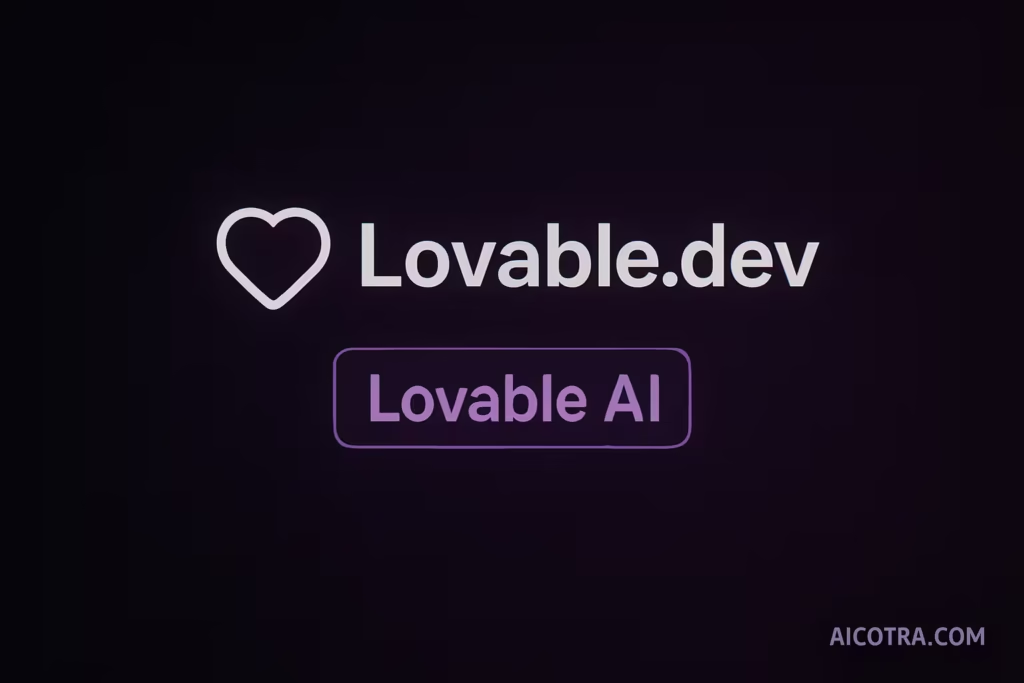
Lovable.dev is a chat-driven app builder targeting non-technical founders and small teams. It positions itself not just as a code generator but as a virtual product team. When you start a project in Lovable, you actually interact with multiple AI “agents” (Product Manager, Designer, Developer) in natural language. For example, you might chat with the Product Manager bot to clarify requirements, then ask the Designer bot to create a UI, and finally have the Developer bot scaffold the code. The output is a working prototype – UI mockups plus underlying logic and database connections – that you can refine or export to GitHub.
Lovable’s strengths are its collaborative, high-level approach. It lets you iterate on whole-product ideas without typing any code. Users say Lovable produces polished, beautiful interfaces out of the box . It can generate landing pages, admin dashboards, marketplace apps, etc., and it even spins up backend flows (e.g. auth, forms) through Supabase integration. One review notes that Lovable covers “the entire product flow”, not just code snippets.
However, Lovable has limitations. It’s still in early development, so features and quality can be inconsistent. The generated code is accessible (you can export it), but customization options are more limited than in something like Bolt. For example, you can’t always fine-tune the UI or add custom functions easily. Some users report Lovable can make mistakes or “hallucinations” in logic, requiring manual fixes. In one community discussion, a developer noted that Replit handled certain tasks (like sign-up/login flows) more reliably, while Lovable’s version lacked functional buttons. In summary, Lovable is great for brainstorming and quickly getting an idea off the ground, but it may need developer oversight to polish the final app.
Lovable Pricing
Lovable’s pricing is straightforward: there’s a Free tier ($0) for getting started with up to 30 credits per month. The Pro plan costs $25 per month and provides an increase in your credits to 100 per month, in addition to offering benefits such as private projects, custom domains, and the removal of the Lovable branding. A Teams plan is $30/month with multi-user collaboration features. (Lovable also has custom enterprise options.) In practice, the free tier is very limited in usage, so serious projects usually move to the Pro or Teams plan. According to their site, Lovable’s paid plans start at $25/month lovable.dev.
V0 by Vercel (Generative UI)
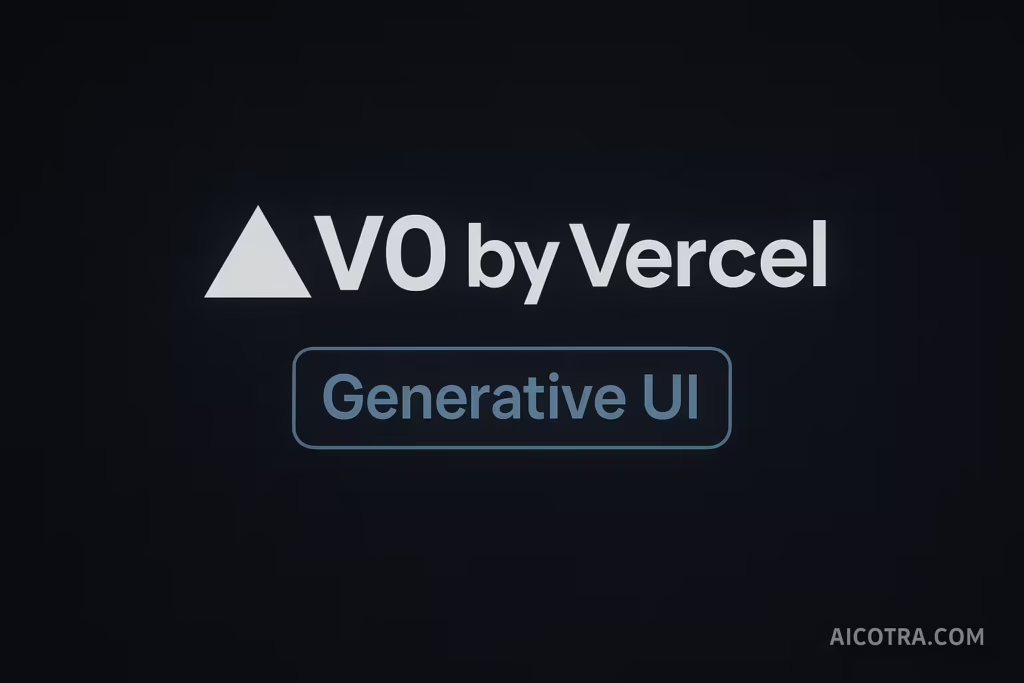
V0 is Vercel’s answer to AI-generated user interfaces. It’s UI-focused: you describe an interface and V0 spits out frontend code components. You can write prompts like “create a responsive signup form with a forgot-password link” and V0 will generate a styled React/Tailwind UI for that component dev.to. It supports frameworks like React, Next.js, Vue, Svelte, and HTML/CSS, so it’s versatile for web developers. You can even upload a design mockup or screenshot and have V0 transform it into code, or integrate with Figma to translate designs to working UI dev.to. In short, V0 is text-to-UI or image-to-UI generation, optimized for production-ready React components.
Key points about V0:
- High-Fidelity Components: Generates fully responsive UI pieces (forms, navbars, etc.) using modern React/Tailwind conventions .
- Vercel/Next.js Integration: Works natively with Vercel and Next.js projects, and can sync output to GitHub or your Vercel repo.
- Chat Interface: Uses a chat prompt interface (similar to ChatGPT) – you can iterate with plain English commands.
- Limitations: V0 does not build full apps. It won’t generate backend logic or database code. You must wire up any API calls or data handling yourself uibakery.io.
- Refinement Needed: The AI can occasionally produce large code blocks that need manual tweaking (e.g. fixing simple bugs or optimizing code) dev.to.
- Rapid Prototyping: Still, it can save hours on UI work, especially for standard screens and components.
V0’s pricing uses a credit system. The free plan gives 200 generation credits. Paid plans are: Basic at $10/month for 1500 credits, Standard $30 for 5000, and Premium $50 for 10,000 credits vercel.com. (Each time V0 generates a UI, it costs a few credits.) These tiers were introduced when V0 launched in beta. This pricing is competitive: a quick prototype or multiple screens can often be generated within the free or low-tier limits, making V0 accessible for individuals and startups.
Community and Feedback: Early reactions to V0 have been largely positive. Developers appreciate how clean and ready-to-use the UI components are, and integration with Vercel feels seamless. One commenter observed that “Replit and V0 are more at generating clean UI/UX… Lovable and Bolt make many errors when generating code”. V0’s front-end outputs tend to be robust (though one longtime dev raised an accessibility concern in May 2025 dev.to). The major limitation cited is simply that V0 is only for UIs. Unlike Lovable or Bolt, it won’t create a working app by itself. In practice, teams often use V0 to quickly build the static interface and then hook it up to their own backend manually.
Features & Use Cases Comparison
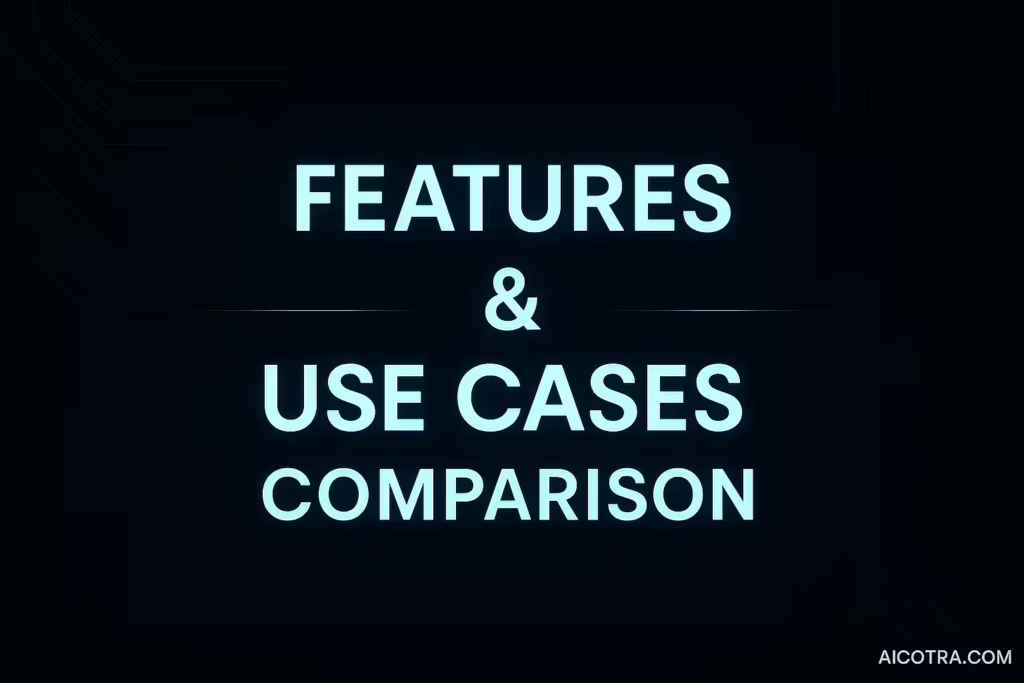
To recap and compare at a glance:
- Replit (Ghostwriter/Agent): Full cloud IDE and AI code assistant. Best for learning, rapid prototyping, and small team projects. It handles front-end and back-end coding, collaboration, and one-click deployment. Ideal for those who want an all-in-one platform.
- Bolt.new: Full-stack AI generator for developers. Best for experienced devs needing quick scaffolding.It generates both the frontend and backend based on prompts, but in practice shines on rich React UIs and boilerplate-heavy setups (dashboards, forms). It leaves you with editable code.
- Lovable.dev: Collaborative AI app builder. Best for non-technical founders, MVP validation, and brainstorming. It’s like having AI teammates to chat with (PM, UI designer, developer) to prototype a full product uibakery.io. It produces functional UIs and logic flows but may need a real developer to finalize.
- V0 (Vercel): Generative UI tool. Best for frontend developers and designers. It turns design ideas into clean React/Tailwind components on demand. Use V0 to rapidly craft any page layout or widget, then plug it into your app.
In practice, here are some typical use cases each tool excels at:
- Education & Learning: Replit is great for classrooms or solo learners to write code in any language instantly.Its multiplayer coding resembles Google Docs for coding (perfect for pair programming).
- Front-End Prototyping: Bolt.new and V0 both shine. Bolt is like a mini full-stack builder that can spit out multi-page apps with state logic. V0 is like an on-demand UI designer that outputs polished components (especially useful for Next.js/Vercel projects).
- Full MVP Launch: Lovable specializes here. One founder said Lovable let them “skip boilerplate” and focus on product ideas uibakery.io. You could use Lovable to create a working marketplace or dashboard without touching code. Replit can also deploy complete apps, but it’s more of a traditional coding environment.
- APIs and Integrations: Replit Agents currently handle API connections (Stripe, Airtable, etc.) with user-provided keys. Both Lovable and Bolt can connect to some backends (Lovable via Supabase functions, Bolt by writing custom code for APIs). V0 does not include backend integrations – you’ll have to code any data logic yourself.
- Collaboration vs Control: Replit and Lovable offer easy collaboration (Real-time editing or AI chat). Bolt and V0 give developers more control over final code (since they generate downloadable React code you manage).
Pricing Overview

Here’s a quick summary of the pricing for each tool (as of mid-2025):
- Replit:
- Free (Starter): $0. 10 public apps, 1200 minutes, basic Ghostwriter features.
- Core: ~$20/month (annual) or $25/mo (monthly). Includes full Replit Agent access, $25 in compute credits, unlimited public/private apps, advanced AI (GPT-4o, Claude) and deployment replit.com.
- Teams: $35/user/month. Adds team management, more credits, etc.
- Enterprise: Custom pricing (SSO, security).
- Bolt.new:
- Free: Limited usage (trial).
- Pro plans: Tiered by AI token quota, e.g. $20/mo (10M tokens), $50 (26M), $100 (55M), $200 (120M). (More tokens → more code generations.)
- Lovable:
- Free: $0. Limited (30 credits/month, public projects only).
- Pro: $25/mo. 100 credits, private projects, custom domain, no Lovable watermark .
- Teams: $30/mo. All Pro features + team seats and centralized management lovable.dev.
- (They also have Enterprise pricing.)
- V0 (Vercel):
- Free: 200 credits (each AI generation costs ~10 credits).
- Basic: $10/mo for 1,500 credits.
- Standard: $30/mo for 5,000 credits.
- Premium: $50/mo for 10,000 credits vercel.com.
All four tools offer free tiers or trials so you can experiment with minimal risk. Generally, the paid plans scale with usage: if you’re generating a lot of code or UI automatically, you’ll move to a paid tier. The community feedback suggests that even free/low tiers can produce useful results for small projects, but professional or heavy use cases will hit the limits and require upgrading.
Community Feedback & Performance
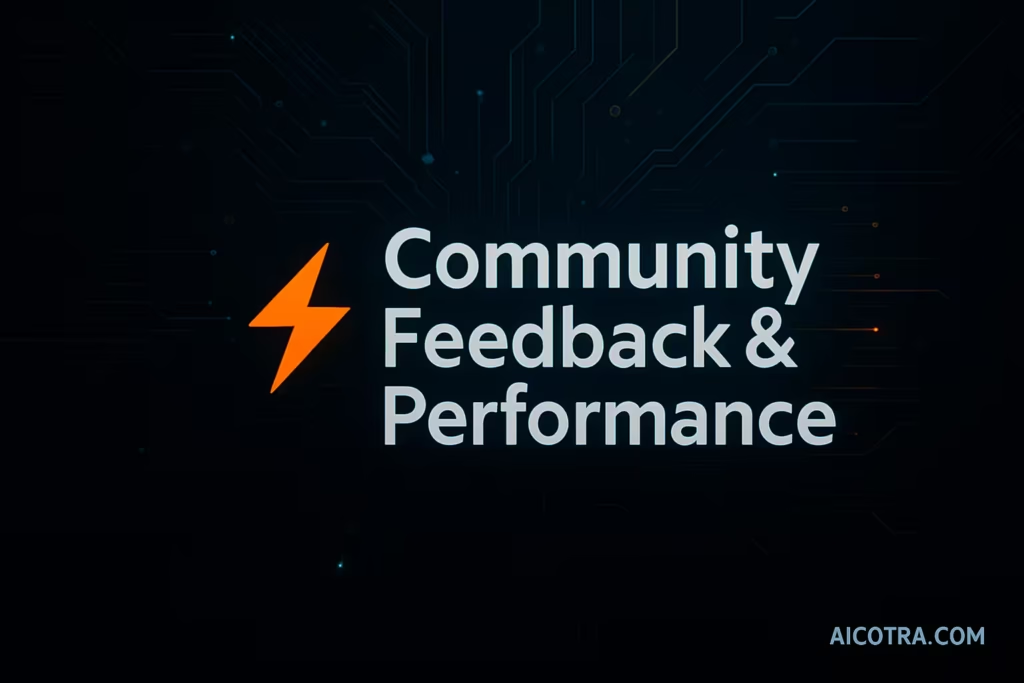
Across the board, these tools are evolving very fast, and community opinions reflect that. Here are some highlights from real developers:
- Code Quality & Bugs: In user comparisons, Replit’s Agent and V0 tend to generate cleaner, more accurate code than Lovable or Bolt does in their current state. Several developers noted that Lovable and Bolt “make many errors” that need fixing, while Replit and V0 outputs are generally solid dev.to. On the flip side, Bolt is praised for anticipating interface logic (auto-adding sensible form fields or CRUD pages) without explicit prompting .
- Stability & Reliability: Early adopters of Replit’s AI Agent have reported some instability. Complaints include sessions timing out, incomplete tasks, and repetitive prompts reddit.com. In other words, the tool can get “stuck in loops” on complex jobs. Lovable and Bolt are also maturing; Lovable sometimes needs prompt rephrasing to get the desired UI, and Bolt may hang if you push it beyond simple pages. V0 has so far had fewer reported issues in its niche, since it focuses narrowly on frontend code.
- User Control: Developers value the fact that Bolt and V0 provide actual code for modification. One user remarked that Bolt and V0’s outputs are “ready to drop into your existing project,” giving full code access. Lovable also allows code export, but because it manages more of the stack automatically, there’s a feeling of being “within a sandbox” until export. Replit’s big plus is letting you jump into that exported code immediately in the same environment, or connect it to live endpoints.
- Productivity Boost: Many users feel these tools significantly speed up development. For example, one veteran programmer reported achieving “perhaps 20x” their normal output using Replit’s Agent, calling it a “phenomenal tool” for prototyping. Another comment noted that experienced devs still need to guide the AI, but it handled the “legwork” of coding tasks. Even the harshest critics concede that with the right approach, these AIs can save huge time.
- Cost vs. Value: Since most of these tools charge modest fees (generally under $50/month for normal use), many developers are willing to experiment. Some early users were cautious about Replit’s annual-only billing (with no refunds) reddit.com, but promotional offers (like a $120/year deal) have kept interest high. The consensus is that if an AI tool lets you deliver a project even a few hours faster, it quickly pays for itself. However, if the AI borks your work and costs you hours of fixes, that can be frustrating. In practice, most advice is: treat the AI as a coach or assistant, not a fully-autonomous coder – use the output as a draft to refine, rather than a final product.
Choosing the Right Tool

No single AI tool is best at everything – the choice depends on your goal:
- If you want to learn code and collaborate, or need a one-stop environment (IDE + deployment + AI), Replit is ideal. It lets you work in any language, debug, and publish without setup uibakery.io. Its AI helpers augment your coding experience.
- If you’re a frontend developer and need to scaffold UIs extremely quickly, try Bolt.new or V0. Bolt is more full-stack (but still front-end heavy) and outputs entire pages, while V0 is laser-focused on pixel-perfect UI components for React/Tailwind projects uibakery.io. Both will save designers and front-end devs tons of repetitive work.
- If you’re a startup founder or non-coder who wants a prototype without writing code, Lovable.dev is a strong option. It treats app-building like a conversation, so you can iterate on features via chat uibakery.io. It’s particularly good for building minimum viable products (MVPs) and landing pages quickly. Just be ready to involve a developer later to polish and scale the output.
- Consider prices and limits too. All four offer free tiers to test. Replit’s free tier is generous for coding but has limited compute minutes. Bolt and Lovable freebies are very restricted, so serious use will require a paid plan. V0’s free credits can handle a few designs, but UI-heavy projects will need a subscription.
Finally, keep an eye on evolving features. These AI tools are in active development. For instance, Bolt and V0 are adding better GitHub integration and deployment pipelines, and Lovable may introduce more customization controls. If you’re an expert, dive in and experiment – these tools are improving monthly. If you’re new, think of them as learning assistants: they can guide you through coding patterns, even suggest fixes, but the best results often come from a human+AI collaboration.
Summary: Each tool has its sweet spot. For end-to-end cloud coding, Replit shines . For lightning‑fast UI generation, Bolt and V0 excel. For no-code MVP building with AI guidance, Lovable lead uibakery.io. All promise to accelerate development – the key is to pick the one whose strengths match your project’s needs and your workflow.
Also check out The Top 11 New Game-Changing AI Code Generators for Faster Programming [2025]
